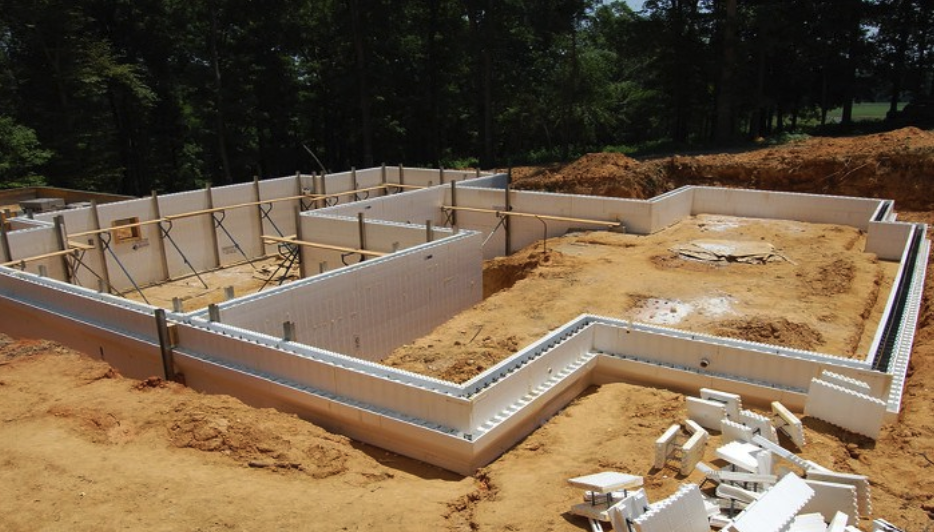
The Upside of Digging Down: Why Adding a Basement to Your New Build is a Smart Investment

5 Advantages of Building an Insulated Concrete Pool

Waterproofing Below-Grade Insulated Concrete Forms

Why Fox Blocks ICF Safe Rooms Provide the Best Protection During Dangerous Wind Events

Fear Not - Simple and Quick ICF Foundations Can Save You Time and Money

Important Considerations for Building an Energy Efficient Home in California

The Best Material Options for a Reliable Pool Foundation

What Are the Differences Between AAC and ICF Construction?
When considering AAC vs ICF construction, it’s important to know the differences, pros, and cons.

Understanding Resilience in Construction: 4 Critical Considerations

13 Must Haves for Medical Building Construction